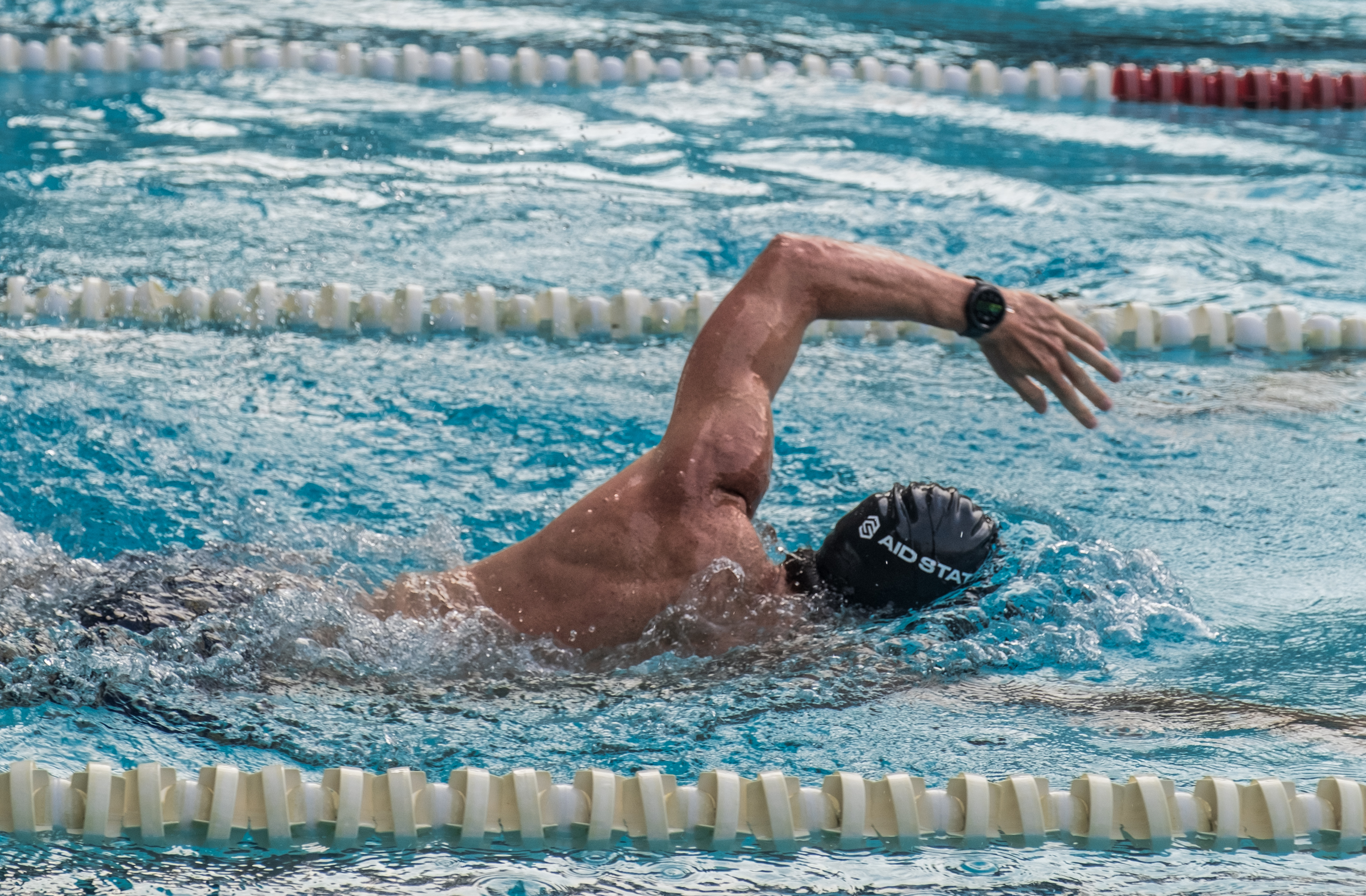Mike Phillips: Kona Prepping
Posted by Joe Laverick on 30th Sep 2024
Mike Phillips is having a very good year on the Ironman circuit. The 33-year-old has two podiums to his name in 2024, he’s going into Kona targeting a Top 10. Having started racing triathlon at school, he has been racing professionally since 2015 and left his job as an engineer in 2018 to focus as a full-time athlete.
We sat down in Girona to talk to the Kiwi.
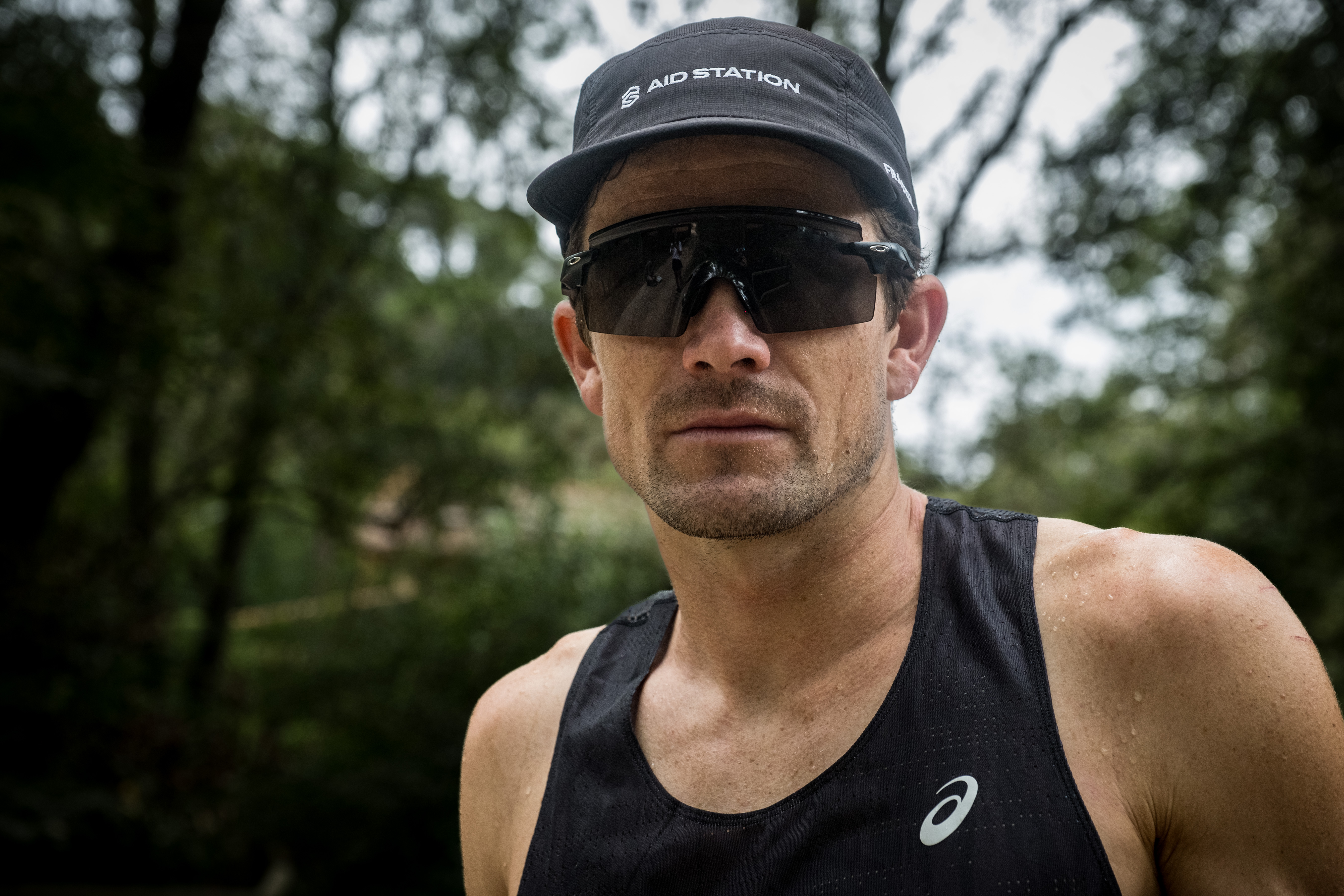
SE: So, Mike, what does Kona mean to you?
Kona is the pinnacle for Ironman Competition. It is where the Iron distance race was born, and holds a rich history of World Championships. The testing environmental conditions with the heat and wind, along with all the best athletes in the world being present make the event very demanding.
SE: What’s the goal for World Champs?
It’s performance. I’ve been working hard to develop my performance in the heat, and improve my fuelling across the Ironman distance this year. This showed with a big improvement in my run time in Cairns. I hope to build on this progress, and execute well, which hopefully places me in the Top 10.
It’s been a long season, I started back in January at home in NZ and have raced eight times now. The highlights were my third place in Ironman Asia-Pacific Champs and second at Ironman Australia. I had a frustrating summer falling sick before my key race in Frankfurt, but with that behind me, I’ve had a good build for Kona while based in Girona.
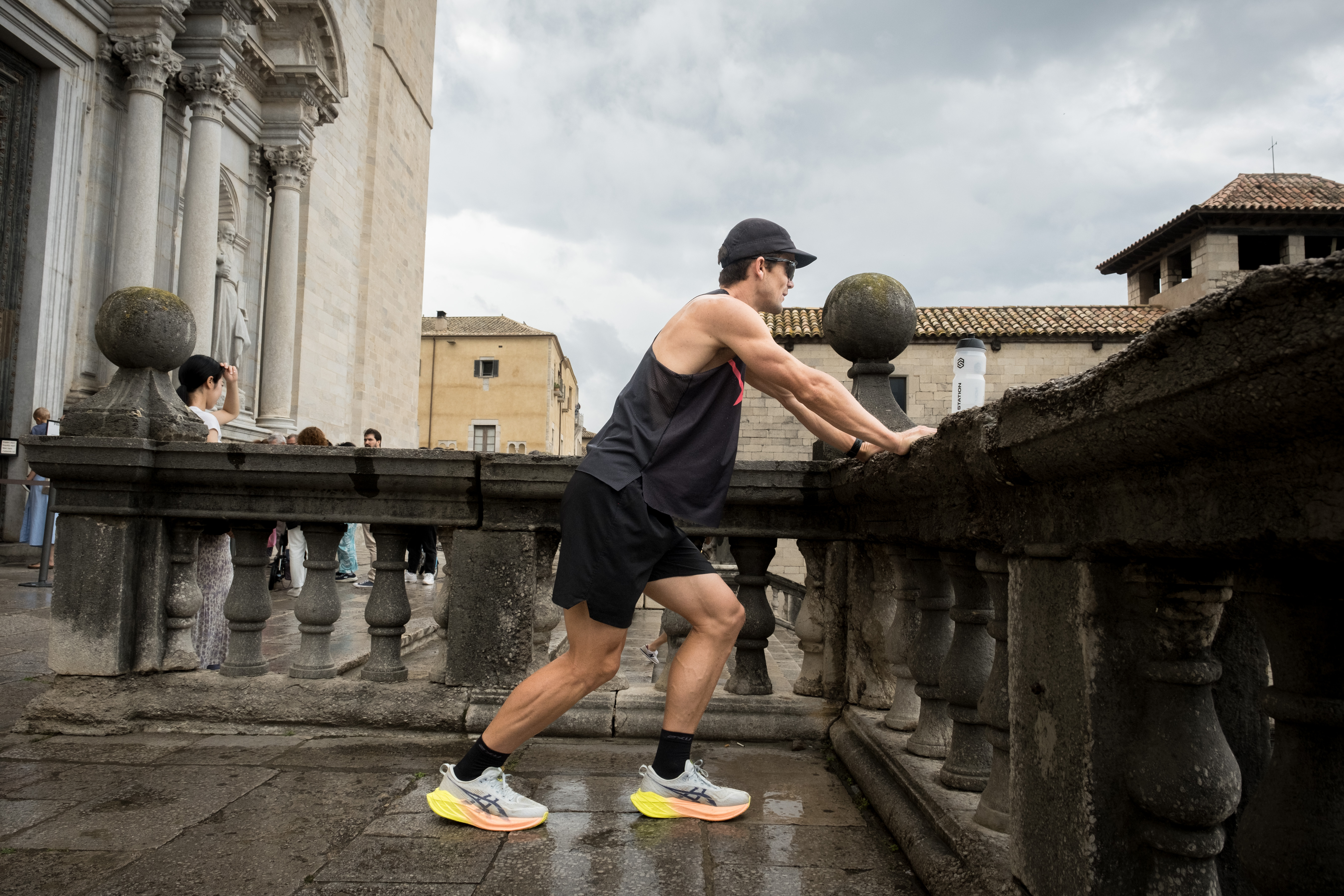
In the cycling world, there is often a lack of respect towards triathletes. There are all the running jokes about their bike handling skills and the classic “jack of all trades”. However, if you lift the bonnet, they’re some of the best endurance athletes in the world. I wanted to know more, from a Pro on course.
"My bike power varies depending on the course,” Mike tells us. “As a ballpark, every bike leg (180km) is between four hours, and four hours twenty. If I push over 300w, it has been a good ride”.
Pushing over 300w for four hours, considering the 3.8km swim he has just completed, and the marathon that follows, is seriously impressive. That’s right, 300 Watts, for four hours, try that as a consistent effort, and see when you crack!
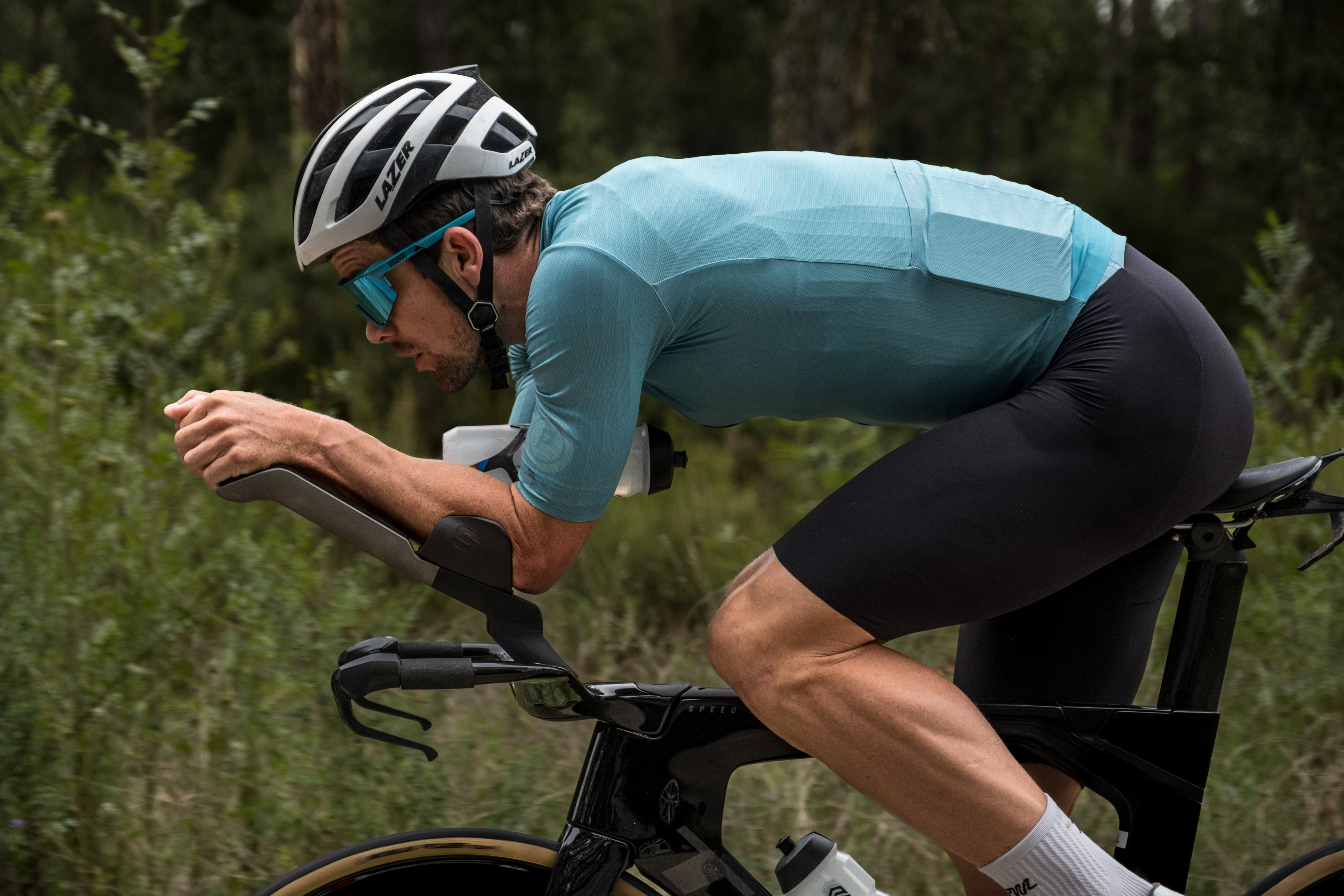
The Bike
Mike is racing on a Trek Speed Concept SLR equipped with Shimano Dura-Ace Di2. He is riding the Sync Ergonomics Aerobar Three, with a spacer stack that is custom for Mike’s position. The custom riser stack has allowed a different height, width and angle to fit his position.
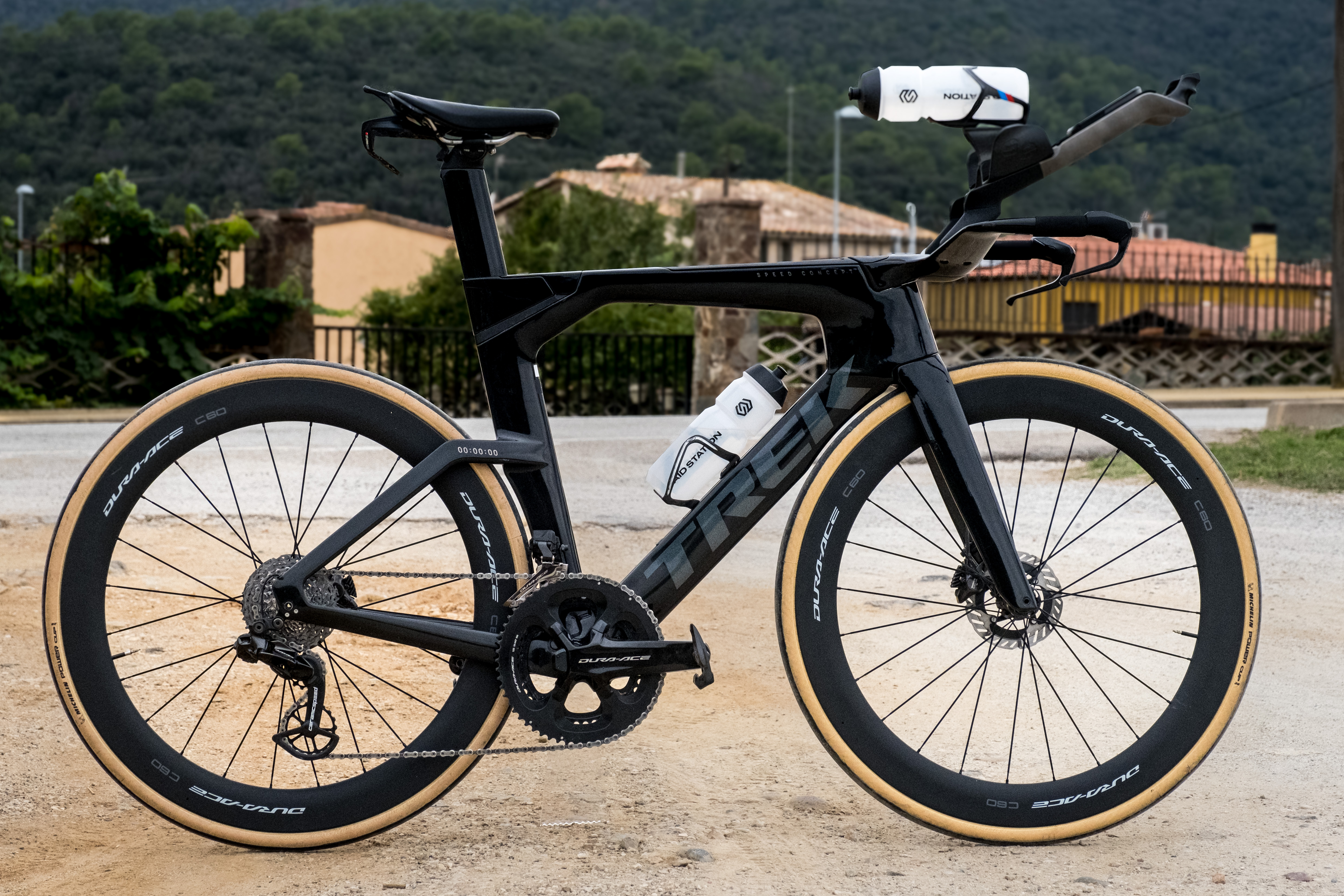
The marathon is perhaps the most important part of an Ironman. At least, it’s the discipline where most people come unstuck. Running a marathon alone is one hell of a feat, running it after a 180km bike ride and 3.8km swim is different. Add in the heat and humidty of Kona and you have an almighty task.
"My best run during an Ironman has been 2h40, which equates to 3:48/km."
To put this into perspective, the average time for a male to run a marathon is 4h20min, and anything under 3hrs is classed as a very impressive time.
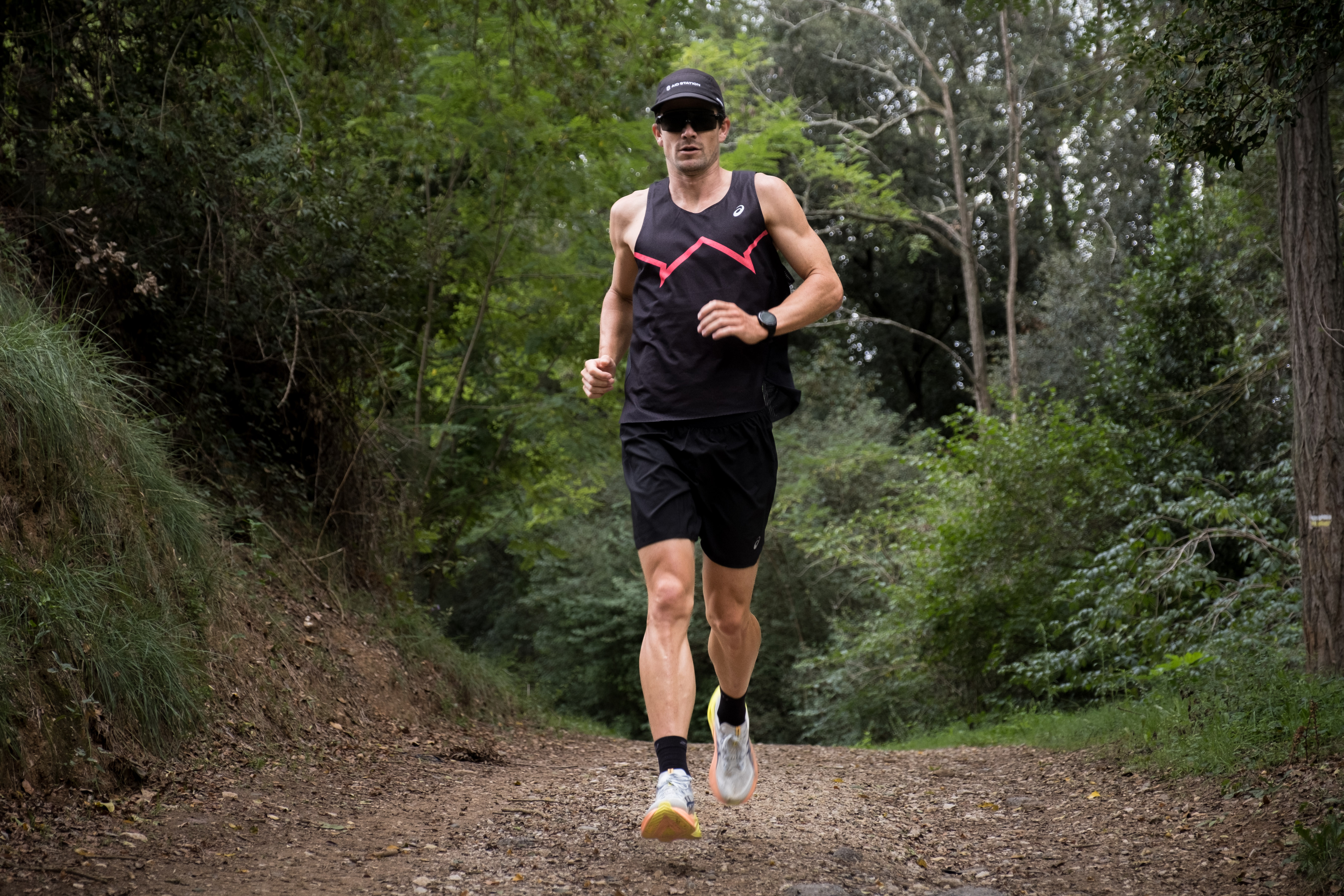
An Ironman is a long day out with most men’s winners hovering around the long seven hours mark. There’s plenty of time and plenty of things that can go wrong. Equipment, fuelling, pacing - everything has to be carefully planned.
“I don’t think I have had a day where everything has been perfect, I’m still learning now after many Ironmans. There are a lot of factors which go into a good Ironman performance. I’ve had shockers in the past, I think all athletes have.
One that I will remember for a while was Cairns in 2019 where I got a slashed tire. I had gone past the neutral service 10km prior and wasn’t able to fix it with my spares. I had to make my way back to the flat and get another wheel. It made for a long day out on the bike, and I encountered another bunch of problems with cramps on the run. There were a bunch of age group athletes around me on the run suffering similar problems and we battled it in with glow sticks to finish in the dark.”
A Day in the Life
Triathlon training invariably requires training for three endurance disciplines. Mike spends about 25% of his training time devoted to swimming, 45% to cycling and 30% to running. The mix depends on the period of training and any specific requirements, but this composition is the balance that Mike has struck.
“Training for an Ironman, I typically average around five hours of training everyday. This honestly fills a majority of my day, especially if I stop for a coffee! The balance between sessions changes depending on what training block I’m in. I’ve been training for Kona out here in Spain, so occasionally I’ve adopted the local ways and fitted in a mid-afternoon siesta!”
Refreshing is Mike's approach of quality over quantity, ensuring that the right training gets done.
“Quality always comes first for me, I make sure that I’ve got the important sessions done and sometimes that requires a drop in quantity.”
Pro Tips
To round off each article, we’re asking our athletes to give a pro tip that could help you at Kona, or any other triathlon. For Mike, it’s all about efficiency.
Mike's Tips:
“It’s critical to be in a good position out of the water and away from the chaos. Every little bit of energy you save can be used later in the race. T1 is all about quickly removing the swim skin, getting the helmet on and getting going on the bike. Once you’re on the bike, you can start sorting the minor things such as tightening the shoes, and adjusting the suit. Ironman racing is all about racing efficiently.”
And once the bike leg is done and out of the way?
“I try not to look at my watch too much for the first few kilometres, a marathon is a long way and you cannot over-exert yourself in the early stages, especially when it's hot. The marathon often comes down to RPE, especially if you’ve overcooked the bike!”
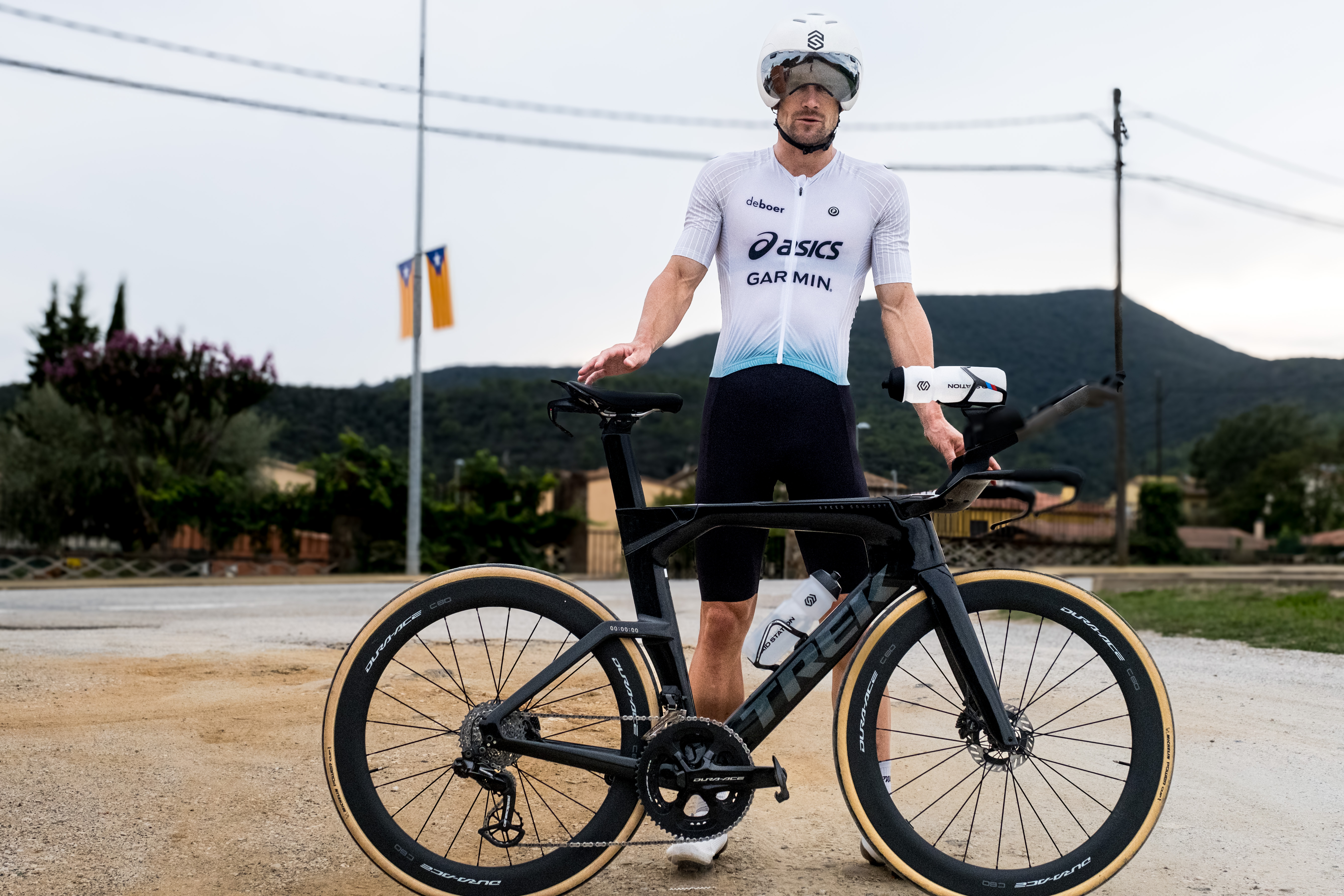
The Ironman World Championships are in Kona, Hawaii and will take place on October 26th.


